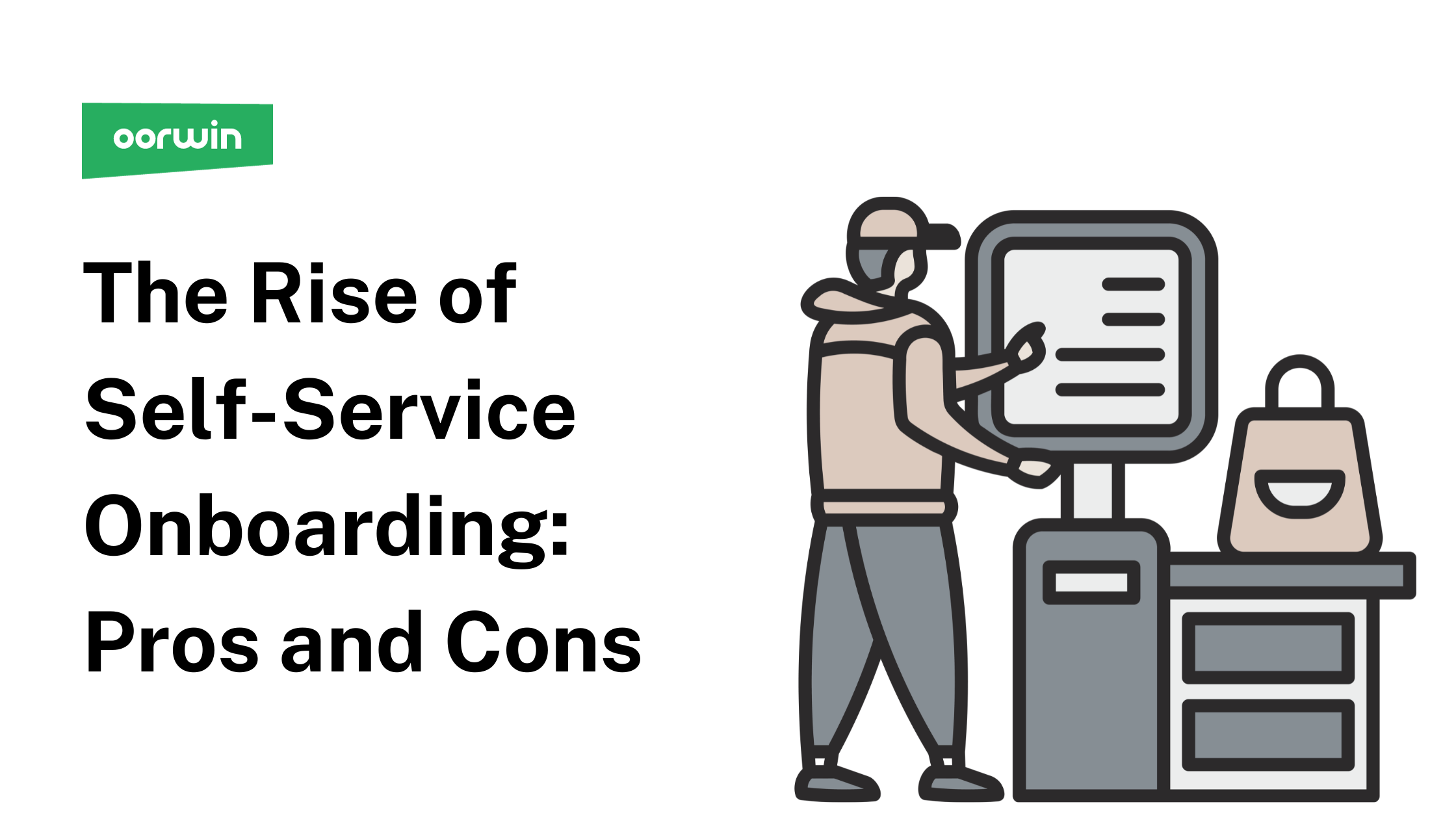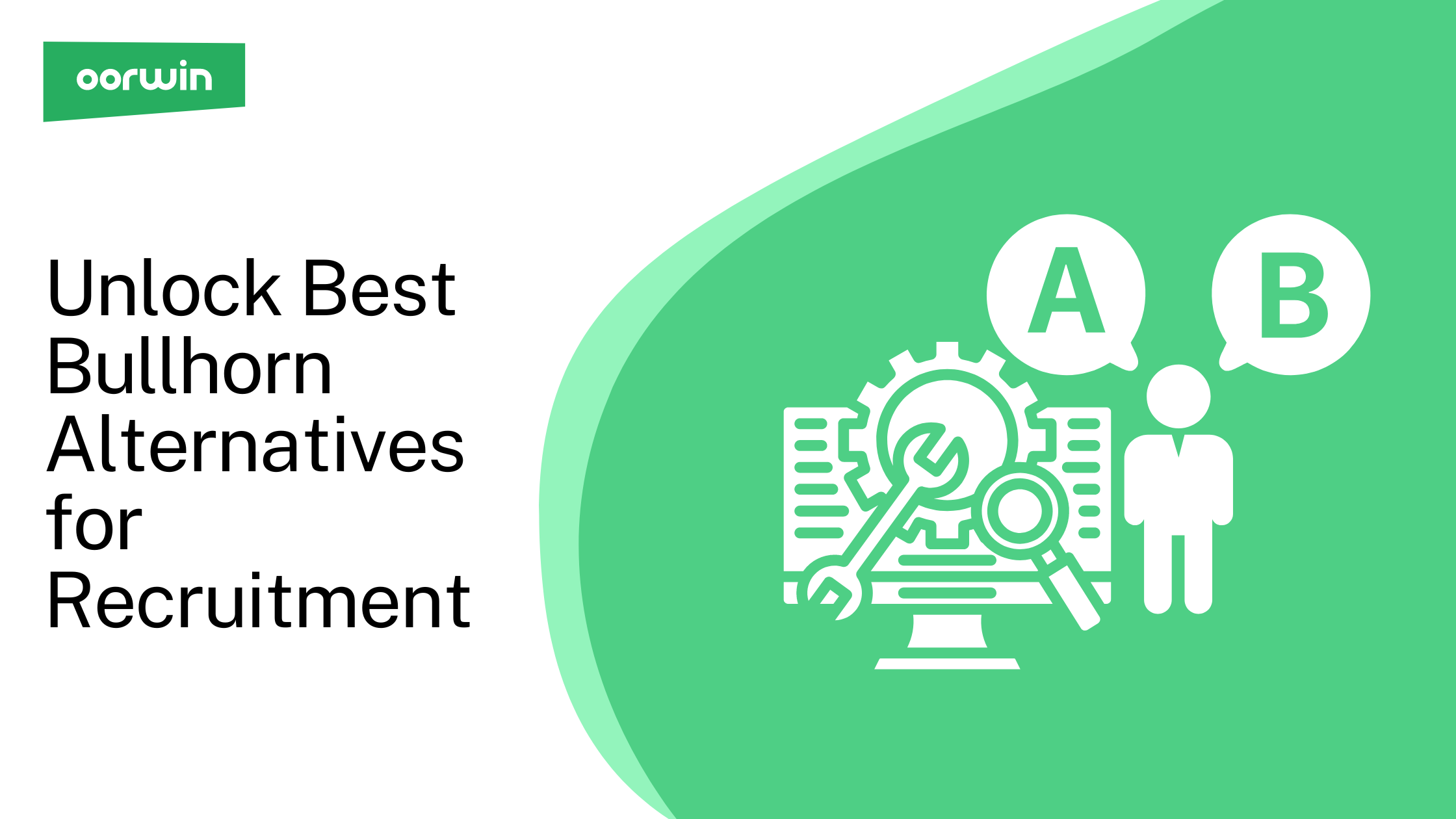The Rise of Self-Service Onboarding Process for Hiring
In recent years, the shift toward technology has impacted various business operations, including the employee onboarding process. As the traditional onboarding methods evolve, companies are increasingly turning to self-service onboarding to streamline the hiring and integration of new hires. This article delves into the pros and cons of this emerging trend and offers insights into striking the right balance.
What is Self-Service Onboarding
Self-service onboarding is a digitized approach to the employee onboarding process, enabling new hires to complete many of the initial tasks, such as documentation and training, independently through online platforms. This method minimizes manual interventions and speeds up the onboarding of new employees process.
Advantages of Self-Service Onboarding Process (Pros)
The self-service onboarding process presents numerous advantages that can significantly enhance the employee onboarding experience.
Efficiency and Time-Savings in Onboarding
One of the main benefits is the efficiency it brings. New hires can onboard themselves at their pace, leading to a quicker and more successful onboarding process. With the improvement of technologies in virtual onboarding, it has become easier to streamline onboarding processes.
Empowering New Hires
Giving new hires control over their onboarding journey fosters independence and confidence from the get-go. This empowerment can lead to increased job satisfaction, as employees feel trusted and valued. It also allows new team members to set their own pace, ensuring they absorb and comprehend vital information without feeling rushed. This sense of agency can be the foundation for long-term commitment and a proactive approach to their roles.
Integration of ATS and AI
Merging Applicant Tracking Systems with Artificial Intelligence revolutionizes the onboarding experience. AI can analyze individual profiles to offer a bespoke onboarding process, ensuring that every new employee receives information most pertinent to their role and background. Moreover, this union aids HR teams by automating routine tasks and offering insights based on data, thereby ensuring a more seamless and informed onboarding journey for every new recruit.
Cost-Effectiveness
Switching to a digital onboarding process offers substantial financial benefits. Not only does it reduce the need for physical materials, such as printed manuals and forms, but it also minimizes the time HR personnel spend on repetitive tasks. Furthermore, a streamlined digital process can decrease errors, ensuring that new hires have a smoother transition. Over time, these savings can accumulate, allowing companies to allocate resources to other strategic areas, maximizing overall efficiency and productivity.
Standardization of Hiring Process:
Standardizing the hiring process through self-service ensures every new hire undergoes the same comprehensive experience, regardless of when or where they join. This consistency not only ensures fairness but also ensures that all employees receive the same foundational knowledge about the company, its culture, and their roles. By eliminating the potential inconsistencies and biases of manual onboarding, companies can offer streamlined hiring with more professional, transparent, and efficient introduction to the organization, setting the stage for a more cohesive work environment.
Scalability in Onboarding
One of the major advantages of self-service onboarding is its inherent scalability. As an organization grows, so does its need to onboard a larger number of employees. With a digital self-service platform, companies can easily accommodate an increasing number of new hires without compromising the quality or consistency of the onboarding experience. This adaptability ensures that, regardless of company size or growth rate, every new team member is given the tools and knowledge they need to succeed from day one.
Challenges of Self-Service Onboarding Process (Cons)
Like all innovations, the self-service employee onboarding process comes with its challenges. Lets dive deeper into them.
Lack of Personal Interaction
Onboarding new employees using only digital tools can inadvertently strip away the vital human element. Personal interactions play a pivotal role in building trust, camaraderie, and a sense of belonging among team members. Without these in-person moments, employees might feel isolated, less engaged, and detached from their teams and the larger organization.
Over-reliance on Technology
While technology can streamline many processes, over-dependence on it can lead to a depersonalized onboarding experience. The essence of onboarding isn’t just about completing tasks, but also about fostering connections and understanding the company ethos. Solely relying on technology might miss out on the nuances, emotions, and interpersonal relationships that are the bedrock of a successful team.
Potential Data Privacy Concerns
With the increasing use of online platforms, the potential risk of data breaches and unauthorized access to sensitive employee information rises. Companies must invest heavily in cybersecurity measures to protect this data. Failure to do so can lead to not only legal repercussions but also a loss of trust among employees who expect their personal information to be treated with utmost confidentiality.
Difficulty in Cultivating Company Culture
A company’s culture is often communicated through informal interactions, shared experiences, and stories that are passed down. Relying solely on digital means can make it hard to convey these intangible yet crucial aspects of company culture. Employees might miss out on the shared experiences that bind teams together, making it challenging to foster a unified and cohesive work environment.
Adjusting to New Tools and Processes
The rapid pace of technological advancement means that tools and platforms are constantly evolving. For those who aren’t naturally tech-savvy, this can be overwhelming. Adapting to new tools requires time, training, and patience. Without adequate support, new hires might feel left behind, leading to frustration, decreased productivity, and a potential increase in turnover rates.
Finding the Right Balance
While technology offers numerous advantages, finding the right balance is crucial for a successful onboarding process
- Combining Human Touch with Self-Service: Blending traditional methods with self-service can ensure new hires get the best of both worlds – the efficiency of technology and the warmth of human interaction.
- Ensuring Data Privacy and Compliance: While digitizing the employee onboarding process, it’s essential to prioritize data protection and stay compliant with regulations.
- Continuous Improvement through Feedback: Regularly gathering feedback from new hires can help refine and improve the onboarding experience, ensuring it remains effective and relevant.
Preparing for the Future of Hiring
The future of hiring is undoubtedly digital, but it’s imperative to remember the human element. By integrating technology judiciously and ensuring a seamless transition for new hires, companies can set the stage for a more efficient, effective, and enriching onboarding process. The key lies in understanding the unique needs of each new hire and tailoring the employee onboarding process to suit those needs, ensuring a smooth and successful integration into the company.
Frequently Asked Questions
1. What are the primary advantages of Self-Service Onboarding?
The primary advantages of Self-Service Onboarding include efficiency and time-saving as new hires can onboard at their own pace. This method also empowers new hires, giving them a sense of ownership from the onset. The integration of technology ensures cost-effectiveness, a standardized hiring experience for all, and scalability, allowing businesses to handle an increasing number of employees without compromising the onboarding quality.
2. How do AI and ATS enhance the Self-Service Onboarding Process?
AI and ATS integration brings a personalized touch to the Self-Service Onboarding process. AI tailors the experience based on the new hire’s profile, making it more interactive and relevant. Meanwhile, ATS helps in efficiently tracking and managing applicant data, ensuring that the onboarding process is smooth and consistent. Together, they streamline the process, reducing manual interventions and offering a more engaging experience for new hires.
3. How can organizations prepare for the future of self-service onboarding?
Organizations can prepare for the future of self-service onboarding by continuously updating their technology platforms to ensure they’re utilizing the latest innovations. Emphasizing a mix of human touch and digital tools will be crucial. Regular feedback from new hires will help in refining the process. Additionally, prioritizing data privacy, security, and compliance will be essential to ensure trust and maintain the integrity of the onboarding process.
Popular Articles..
Blog
Blog
Blog
Get the latest Oorwin releases, updates, success stories & industry news
 Back
Back


